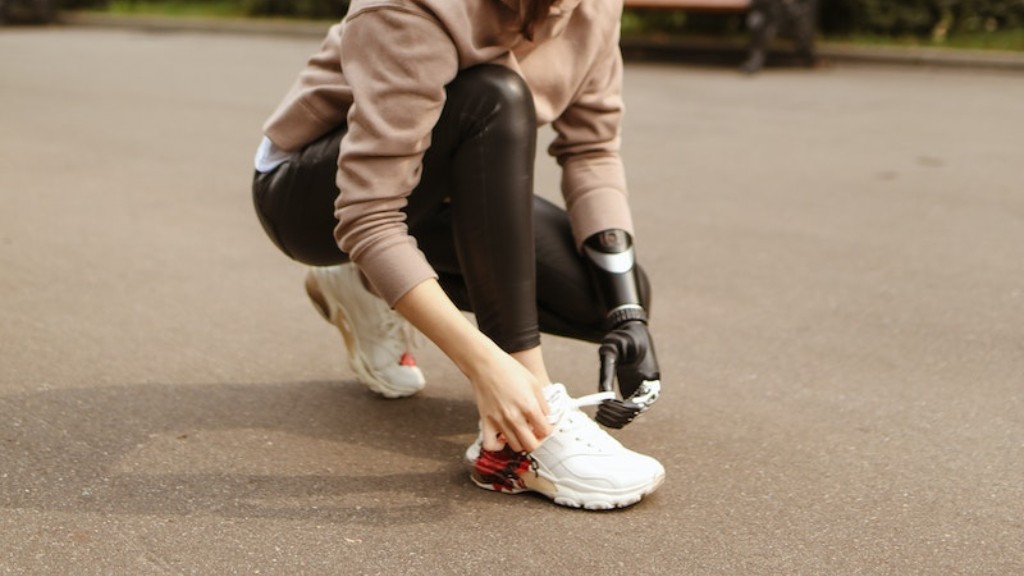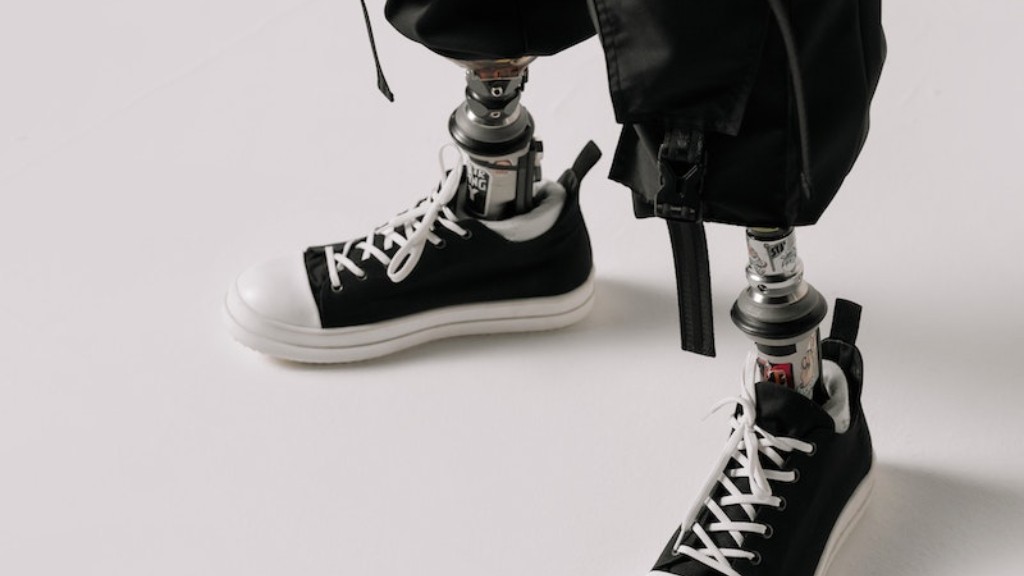Op-Ed: The Price of Robotic Prosthetics
Robotic prosthetics have revolutionized the field of assistive technology, offering amputees an opportunity to regain functionality and independence. However, one crucial factor that cannot be ignored is the price of these advanced devices. The cost of robotic prosthetics can be a significant barrier for many individuals who could greatly benefit from their use.
The Positive Implications
Robotic prosthetics have come a long way in recent years, with advancements in technology making them more sophisticated and user-friendly. These devices can enhance the lives of amputees by allowing them to perform everyday tasks with ease, such as grasping objects, walking, and even participating in sports.
One of the key advantages of robotic prosthetics is their ability to restore a sense of normalcy and self-esteem to individuals who have experienced limb loss. When equipped with a robotic limb that closely mimics the movements and functionality of a natural limb, amputees can regain their independence and engage in activities they may have thought were no longer possible.
Furthermore, advancements in 3D printing technology have made robotic prosthetics more affordable and accessible. This has allowed organizations like e-NABLE to develop low-cost prosthetic solutions for children in need, transforming their lives and giving them the opportunity to lead fulfilling lives.
The Negative Implications
However, the high price of advanced robotic prosthetics remains a hurdle for many. The cost of these devices can range from tens of thousands to hundreds of thousands of dollars, making them unaffordable for the average person. Insurance coverage for such prosthetics is not widely available, leaving individuals to bear the financial burden themselves.
According to a study published in the Journal of Medical Internet Research, the cost of prosthetics is one of the most significant factors influencing an individual’s decision to use or reject robotic prosthetics. The high price tags can lead to financial strain, forcing individuals to choose less advanced and less functional options or to forgo prosthetics altogether.
Furthermore, the cost is not limited to the initial purchase alone. Frequent maintenance and component replacements can add to the overall expense, creating ongoing financial challenges for prosthetic users.
Addressing the Issue
Efforts are being made to address the issue of high-priced robotic prosthetics. Organizations like Open Bionics are developing affordable and customizable prosthetics using 3D printing technology. This approach reduces production costs and enhances accessibility for those in need.
In addition, raising awareness about the importance of insurance coverage for prosthetics is crucial. Advocacy for better insurance policies and reimbursement rates can significantly alleviate the financial burden on individuals who require robotic prosthetics. It is imperative that insurance providers recognize the transformative impact these devices have on the lives of amputees and make them more accessible.
Food for Thought
As we reflect on the price of robotic prosthetics, it is essential to consider the societal implications of inaccessible assistive technology. Disabilities should not be compounded by financial barriers, and everyone deserves the opportunity to live their life to the fullest.
Investing in the development and affordability of robotic prosthetics can lead to a more inclusive society where individuals with disabilities can actively participate and contribute. Governments, policymakers, and healthcare providers must work together to ensure that cost is not a limiting factor for those in need of these life-changing devices.



